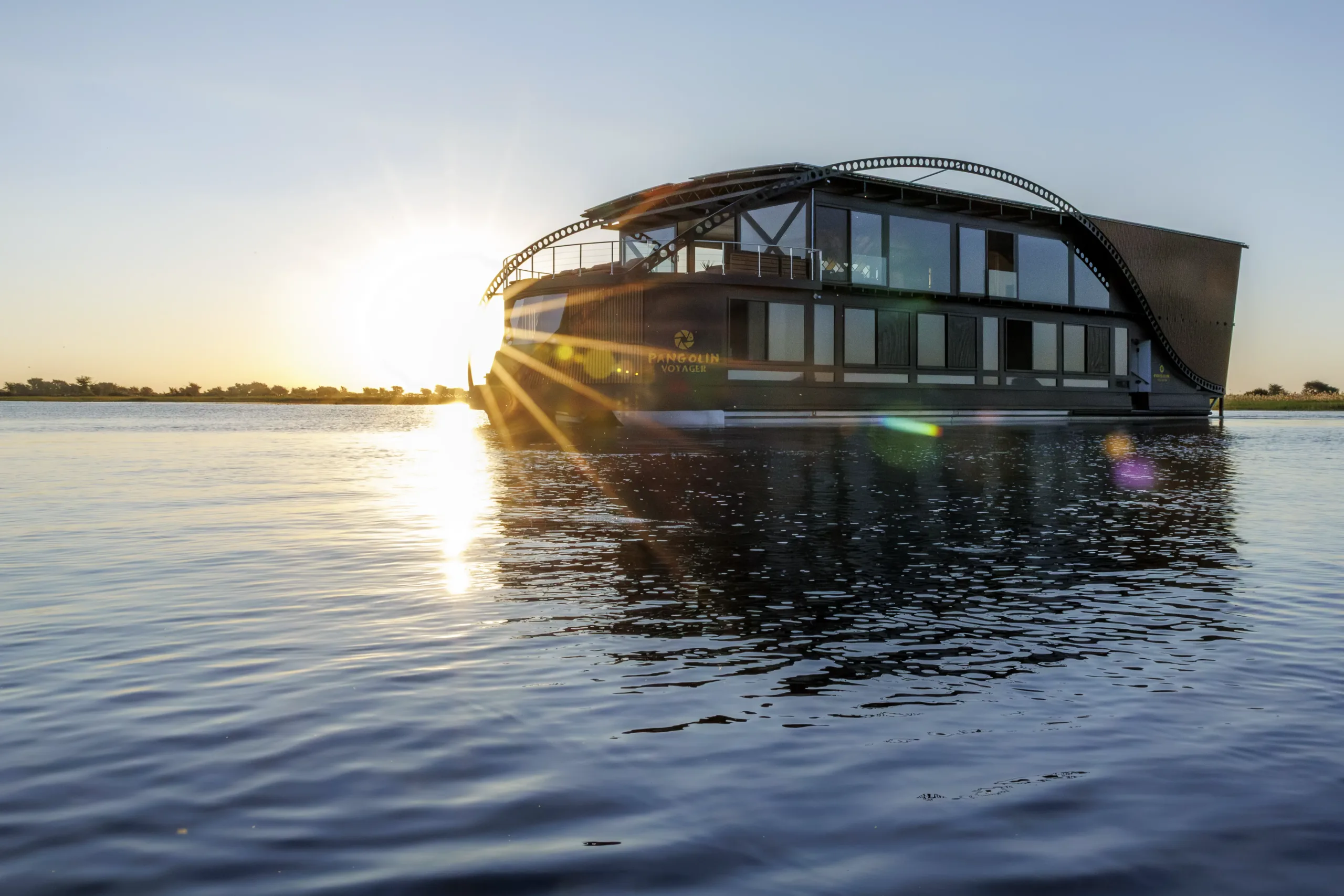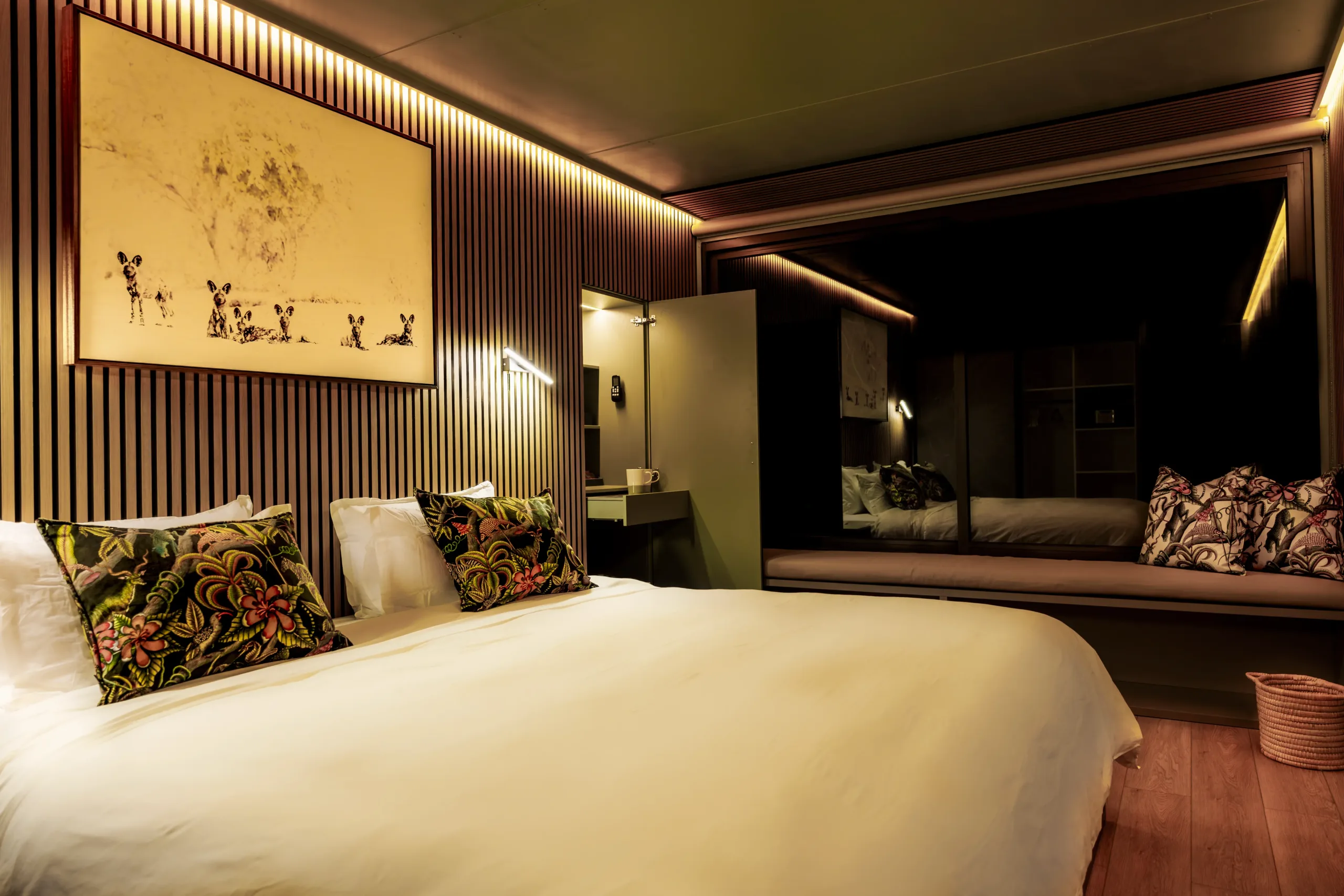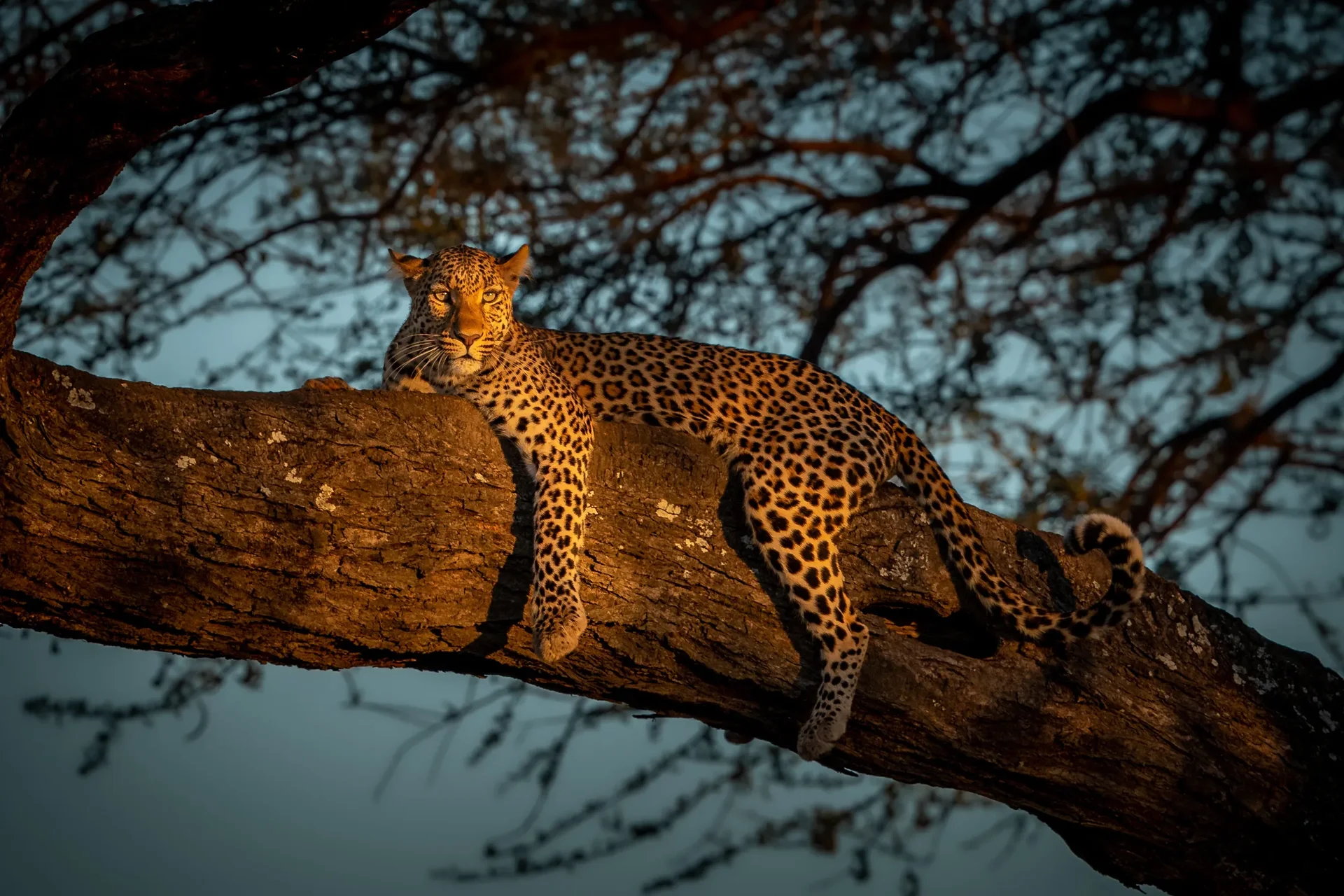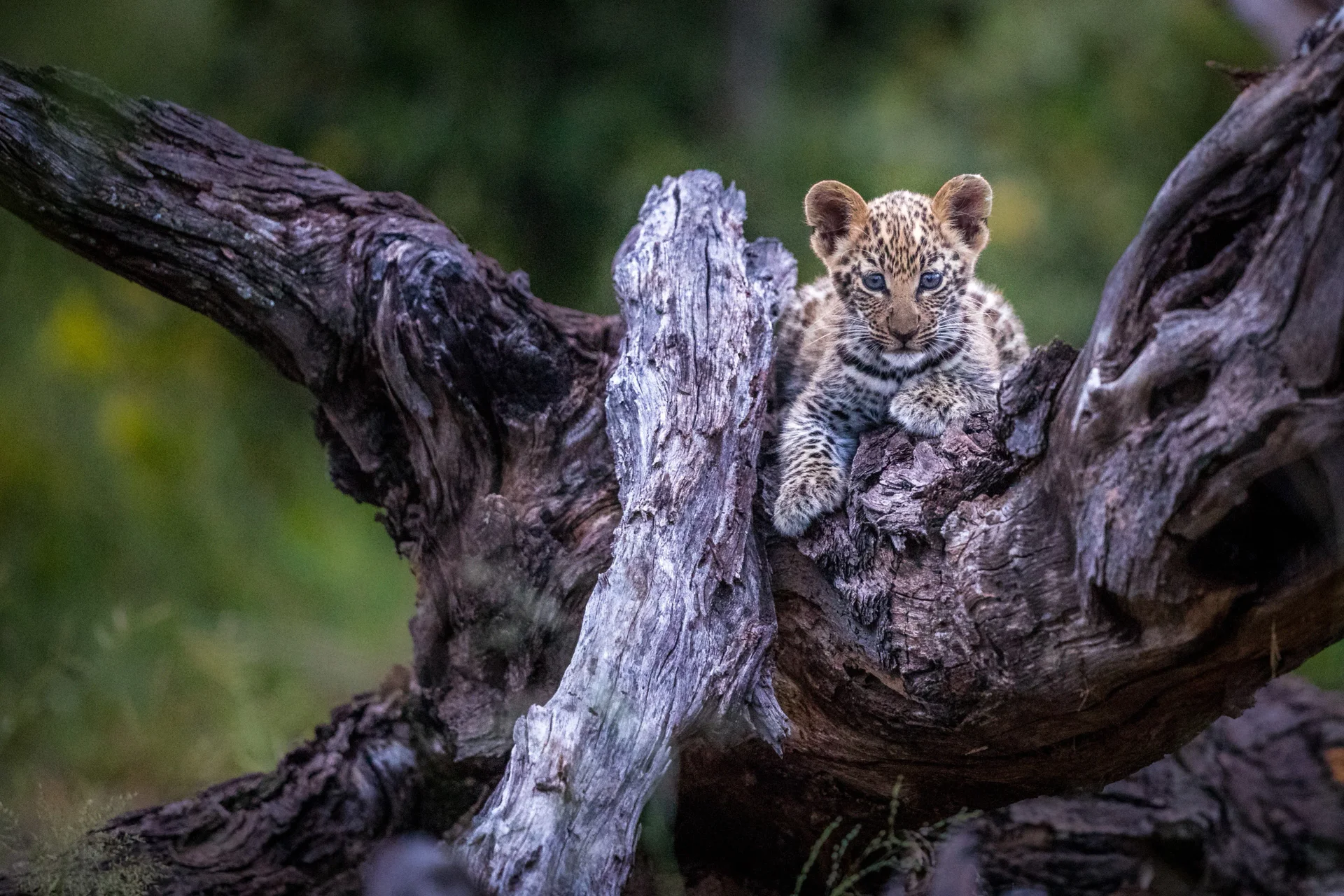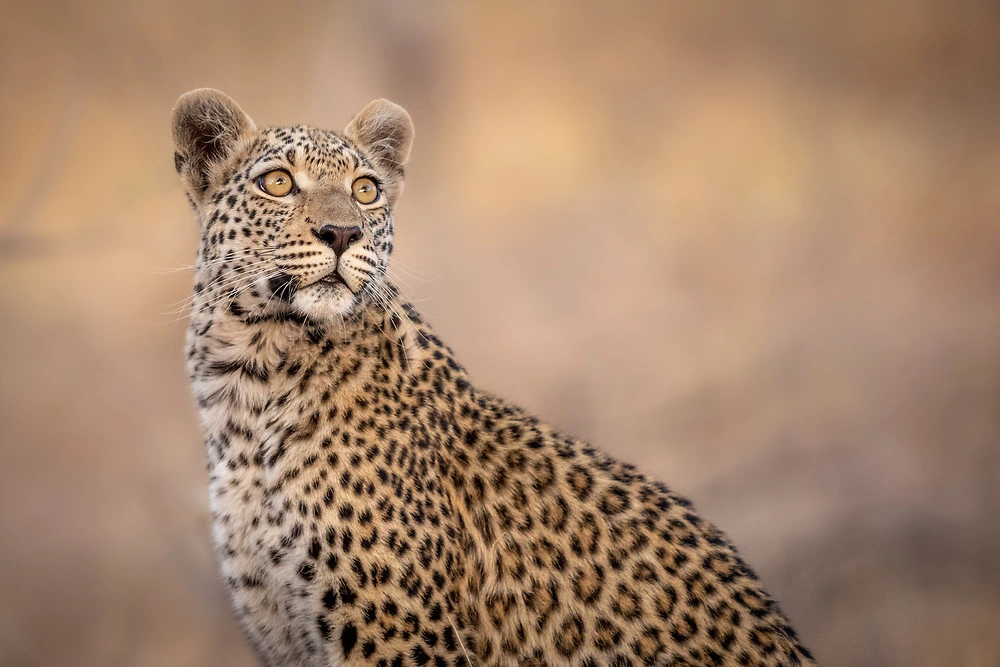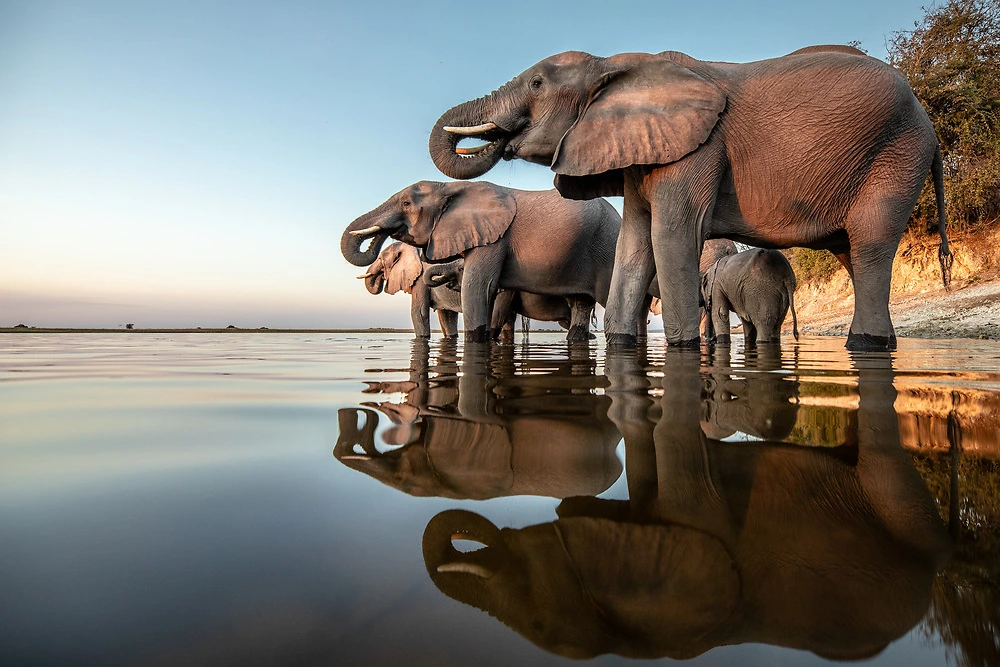Project Description

Chobe, Delta and Kalahari Photo Safari
We have added the amazing Central Kalahari to our other iconic photographic destinations – The Chobe and Okavango Delta – for a 10-day hosted wildlife photography safari. Led by one of our Pangolin Photo Hosts, you will spend time photographing a group of no more than eight guests in each destination. Starting on The Pangolin Voyager Houseboat (watch a video here) on The Chobe River, you will fly into the Okavango Delta for more land-based photography (and a 30-minute scenic helicopter flight) in this incredible photo safari destination and World Heritage Site.
The final destination is the Central Kalahari (watch a video here), and two more nights at Dinaka, where you will find the rarer, less photographed species and enjoy some photo hide sessions and night drives.
Wherever you are arriving from on the first day (whether it’s across the border from Victoria Falls or off the flight from Johannesburg), you will be met at The Pangolin Chobe Hotel by your photographic host, who will accompany you throughout this epic photographic safari.
The Pangolin Voyager is moored on the Namibian side of the river, so you will exit Botswana again and enter Namibia, which is a very straightforward, simple, but unforgettable border experience.
The Pangolin Voyager has five cabins, which mirror the five tents at the camp in the Okavango Delta, so the group will have exclusivity for the first week of the safari. We have three different mooring spots along the Chobe River, and we will visit them all while onboard. Alongside the houseboat is one of our eight-seater photo boats, which we will use for our morning and afternoon activities out on the river, looking for subjects to photograph.
As this safari operates throughout the year, the Chobe River offers up different subject matter from month to month. In the (African) Summer months between November and April, you will have amazing birdlife everywhere as the “migrants” take up their annual residency. There will still be large mammals around, such as elephants, buffalo and hippos, as well as resident crocs and antelope, so all in all, an excellent time to photograph, with lots of bright green backgrounds and baby animals everywhere. The (African) winter months, between May and October, will see larger numbers of elephants as the water becomes scarcer inland and the river becomes more popular.
The reason we chose to start Pangolin in the Chobe is that there is always something to photograph. No matter when you decide to join this safari, throughout the year, you are sure to start with a bang and plenty of “keepers”.
Each Pangolin Photo Host has been allocated several groups throughout the year. They will be on hand during every morning and afternoon cruise on the photo boat to help you with your photography. If you don’t have a camera of your own, we can supply you with one free of charge for the duration of the safari, included in the price, along with as many memory cards as you require.
In-between game activities, there will be hosted image review and group editing sessions. For this to be truly effective, you will need to have your laptop with you with the latest version of an editing programme installed and updated. Our software of choice is Adobe Lightroom, and we have a free online course you can start before your arrival to familiarise yourself with its functions if you haven’t used it before.
Please note: Included in this Photo Safari package is the use of a Canon mirrorless camera paired with a telephoto lens. Should you need an additional body, or if a travel companion arrives without a camera, this is covered in the package price, as are several memory cards to record your experiences. We often welcome guests who are not photographers, and they quickly discover the joy of using such high-end equipment. It doesn’t take long for them to be producing images like seasoned pros!
Other than that, you will be well fed and watered on the houseboat with all the meals and drinks (soft and alcoholic) included in the package – and that goes for the whole itinerary.
The onboard cabins are all en-suite and air-conditioned, and can be double or twin beds.
On day four, we will make our way back to Botswana to meet our charter flight into the Okavango Delta. The flights usually depart at around 11 am.
The flight from The Chobe takes just over an hour and is a beautiful scenic flight from both sides of the aircraft. We land at our private airstrip and will be driven to our private camp in our two customised game viewers (maximum four photographers per vehicle).
Our camp of choice forgoes unnecessary and frivolous luxuries in exchange for a good old-fashioned tented camp, focusing on what is most important – great photo opportunities, a comfy camp and plenty of exclusive space to explore and photograph. The camp has all the necessary amenities such as large tents, comfortable beds, a great electricity supply and a superb staff to take good care of us…not to mention the delicious food!
The camp sits on a private concession of around 10,000ha in size, and we have the freedom to explore and spend as much time at each sighting as we require. We can go off-road at notable sightings and also conduct night drives. The Chobe Delta and Kalahari dates have been scheduled to coincide with the new moon, increasing the chances of perfect conditions for astrophotography sessions.
On one of the mornings, we will have the opportunity to explore the Okavango from the air as we have chartered a helicopter so that everyone will get a 30-minute flight for some aerial photography. The helicopters will fly with the doors off to make photography easier, and the photo host will accompany each flight, who will help point out photo opportunities and compositional ideas. It’s also a great way to take in all the concessions from the air and get your bearings. Here is a video where William explains more about this fantastic experience.
The Moanachira River bisects the concession, a significant water source. The open plains across the area lend themselves to large herds of herbivores and their pursuers – lions, wild dogs, leopards and cheetahs. In the Okavango Delta, the birdlife is prolific.
There are healthy populations of big cats on this concession, most of whom are very habituated and make for excellent subjects. Wild dogs, along with other large predators like hyenas, are frequently seen in the area. All the other larger fauna are present in good numbers, such as giraffe, wildebeest, topi, hartebeest, buffalo, and several herds of elephants.
As with the houseboat, you will have the camp to yourselves, and your photo host will divide their time between the vehicles to assist you with your photography.
The camp comprises five walk-in Meru-style tents with en-suite showers and toilets. The tents have a good electricity supply and twin steel beds with nice mattresses and quality linen. The camp’s communal areas feature a lounge and dining tent, an editing tent for afternoon image review sessions, and a fire to enjoy before and after dinner.
The meals and drinks at the camp are all included, and the camp can cater to most dietary restrictions and allergies. You will be well fed at the camp with three delicious meals a day prepared by the expert chefs in the camp kitchen.
On the final morning, we make our way to the airstrip slowly, photographing along the way, to meet the next charter flight to The Central Kalahari.
After one week of early starts and over-excitement, The Kalahari, by its very nature, tends to be a slightly more relaxed environment and the perfect third destination for this safari. As a desert, the animals tend to congregate more around the waterholes, making it the ideal location for some hide photography. Dinaka, the camp that we have chosen to partner with, has an excellent waterhole hide with more in the planning phase.
Dinaka sits on a private reserve bordering the massive Central Kalahari Game Reserve. Here, you will find an environment very different from what you have experienced in The Chobe and Delta before. The bush is slightly thicker and thornier, and the animals seem to be a little different, too, as you would expect based on the ecosystem. Oryx, springbok, brown hyena, black-maned lions, jackals, cheetahs, and wild dogs do well here.
The camp is owned and managed by safari legends Ker and Downey Botswana and is undoubtedly the most luxurious of the three, but by now, you will have earned a little pampering. The camp’s communal areas are fantastic, and the rooms are spacious with private verandas looking towards a busy waterhole. The vehicles all have beanbag camera mounts, and again, there is a maximum of four per vehicle for the game drives, with the photo host alternating between the two game viewers.
The waterhole hide at Dinaka is a sunken “bunker-type” hide and can seat the whole group together with the host. You will be photographing out at the water level as the animals arrive to slake their thirst right in front of you. It’s a very special place to be and photograph from.
As a camp, Dinaka is very flexible with their timings and earlier starts or later finishes to game activities are all accommodated to make the most of our time there. One activity not to be missed is a walk through the bush with the resident bushman guides, where you will learn about their traditional subsistence way of life from what at first sight appears to be such a stark environment, culminating in a demonstration of conventional fire-making techniques and some storytelling as the sun sets.
The night sky of the Kalahari is breathtaking, especially at certain times of the month when there is a new moon. If the conditions are right, we will take the opportunity to practice some Astro and star trail photography.
Again, during the day, there will be editing sessions but also the opportunity to have some downtime by the pool or on a snooze with a good book on the deck… with your camera close at hand in case something appears at the camp’s waterhole, of course!
On the last day, you will depart for Maun airport and bid farewell to your fellow photographers and the host, but that need not be the end of your safari. There are daily flights between Maun and Cape Tow,n should you decide to spend some time in the Mother City at the end of this adventure!
2026 Prices
- $5,450 Single Supplement
Airport meet and greet
Photographic tuition, advice and editing assistance throughout by Pangolin Photo Host
Use of a Canon Mirrorless camera and telephoto lens (if required) incl memory cards
3 nights onboard the Pangolin Voyager Houseboat (Full board)
Twice daily activities on the Chobe river on a Pangolin Photo Boat
Charter flight from Kasane to the Pangolin Photo Camp, Okavango Delta
3 nights at the Pangolin Photo Camp at Ker and Downey’s Footsteps (full board)
Twice daily game drives (maximum four per vehicle)
30 Minute Doors Off Helicopter Flight
Charter flight to Dinaka, Central Kalahari
3 nights at Dinaka (Full board)
Twice daily game drives and use of the Dinaka bunker hide
Afternoon image review and editing sessions.
Charter flight from Dinaka to Maun
All park, landing and concession contributions
All meals and drinks
Gratuities, laundry and items of a personal nature
Visa fees for Botswana and Namibia (if required)
As we are a group of eight clients plus a photo host we use private charters wherever we can which allows for a little more luggage weight than the normal 20kgs. This means that you are able to slip in a couple of extra lenses should you wish to do so without the worry of being over the limit for the charter flights we will be taking. Please chat to one of our travel planners for more details.



